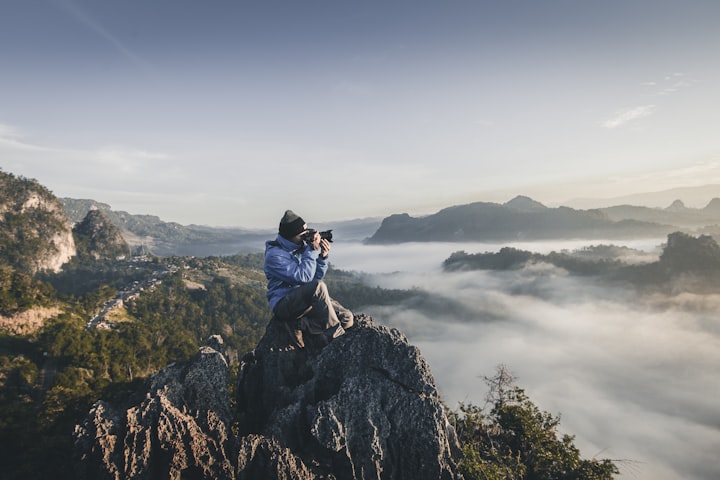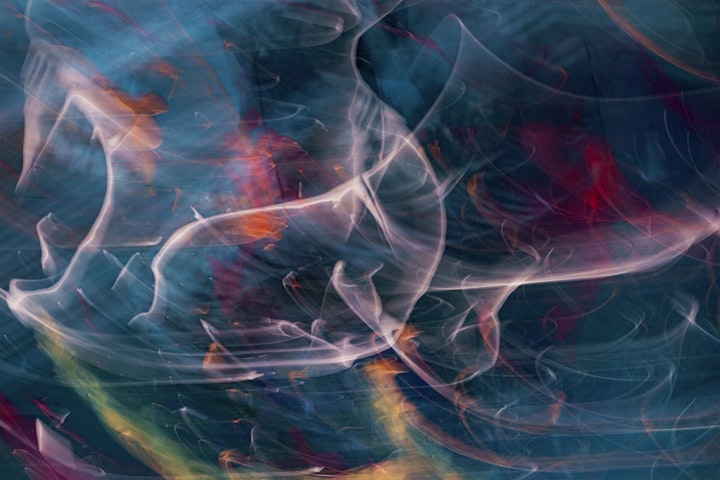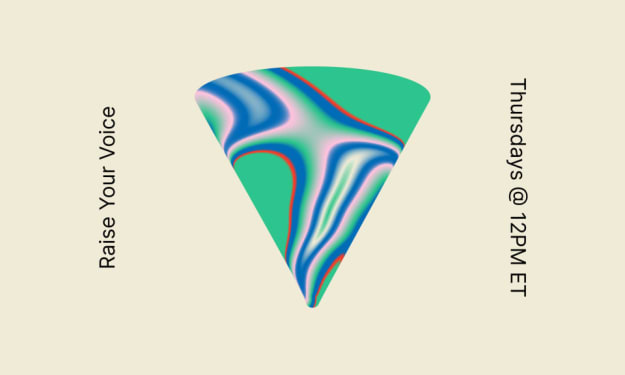The Art of Avoiding Common Animal Photography Mistakes
Pet Photography Mistakes

Animal photography can be a gratifying and exciting experience for a photographer - even if it's not one of the easiest photography genres to capture. Subjects can be active, fidgety, timid, or downright elusive. Whether your subject is a domestic pet or wildlife, it's unfortunately too easy to make mistakes. We have put together some tips to help you avoid common mistakes and improve your animal photography.
Many of the tips we offer are interchangeable between wildlife and pet photography. For example, a color cast can be an issue with any kind of animal, domestic or wild. We discuss it in pet photography below. Avoiding blur is also an issue for both genres., as is setting the correct exposure. In this first section on wildlife photography, we discuss how to avoid some of the strategic mistakes wildlife photographers often make. In the pet section, we discuss some of the technical mistakes like exposure. We recommend reading both sections because both can be relevant.
Wildlife Photography:
Photographing wildlife photography can be vastly different than capturing domestic pets for obvious reasons. Terrain/landscape can be present some challenges for a photographer. A wild animal is likely not accustomed to human presence. Wildlife tends to be more elusive. These are all things to consider as you head out to capture wildlife photography. Here are some common mistakes to avoid:
• Not knowing your subject: To capture great images, you need to understand or know your subject. This can help you to anticipate their behavior. The more you know your subject, wildlife in this case, the better you can set up the shot. For example, showing up in the daytime for a nocturnal animal is going to be futile. Do advance research on the animal, its habits, and its terrain.
• Poor composition: Another issue with wildlife photography can be poorly composed images. Once again, anticipating your subject's behavior can help you better compose your picture. And remember that the best animal photography is rather similar to the best human portraits. Whenever possible, capture the animal's eyes and face. Don't cut off parts of the animal. And, in most cases, you don't want to cut off too much of its surroundings, or you lose context.
• Distance to the subject: Shooting wildlife often means shooting from a distance. Getting close to the animal might not be practical because of the terrain, personal safety, or spooking the animal. Many fledgling wildlife photographers make the common mistake of shooting from a distance. The result is a lot of surrounding landscape and a barely discernible animal that is far too small in the picture to be of any significance. The animal is no longer the subject. To avoid this issue, you'll want to use a telephoto lens - at least 200mm, depending on your distance to the animal.
• Being impatient: An experienced wildlife photographer knows that patience needs to be part of their skillset. Too many inexperienced photographers think they can arrive somewhere and just start shooting candids of wildlife. It might happen, but it's not the norm. More than likely, you will need to wait and wait and wait some more to capture even a few great shots. The less obvious or obtrusive you are in the environment, the better. If possible, set it up before the animal arrives. (This is where that research into their behavior comes in handy!) They are less likely to be scared off if you are there before them - because you will part of the environment. Just remember to be as still and quiet as you can be.
• Blurry images: It's easier to get blurry images than sharp ones when shooting wildlife. Avoid this by using a tripod or monopod to prevent camera shake. Anticipating the movement also helps. Shooting animal photography is a bit like shooting sports photography. Set your camera to either freeze motion or deliberately blur it. Consider the depth of field and aperture when setting up a shot.
Pet Photography:
Now, let's look at shooting custom pet portrait photography, which can be different and similar to shooting wildlife photography. Beloved pets can be as challenging to photograph as a tiger in the wild. It can be active, fidgety, and elusive. In many ways, it's like photographing young children. Here are common mistakes novice photographers make with pet photography:
• Not knowing the animal: Only an untrained pet photographer would go into a pet portrait session not knowing anything about their subject. It's a recipe for poor outcomes. It's crucial when shooting domestic pets that you speak with the owner before your photo session. You'll want to know as much as you can about the animal, their training, and their behavior. This will help you to better understand them and what you might expect during the session. It will also help you set up for the portrait session - just as you would with human subjects.
• Issues with color casts: Another mistake that photographers sometimes make when photographing animals relates to the color cast and the animal's fur. Lighting can greatly influence color cast and affect the accuracy of fur color. (So can the color of the ground or floor, particularly if the animal is close to the ground.) Capturing an animal's color hues correctly can be difficult. Give some serious consideration to your camera settings. For example, natural light can give shadows a blue tint. If an animal has dark fur, it can adopt that same hue. However, color cast is something that you can adjust during post-processing. Lightroom makes it relatively easy to change the color cast using the saturation slider.
• Incorrect exposure: It's not easy to determine the correct exposure for animal photography, and fur color will (once again) influence outcomes. If you're shooting in a studio, you're more likely to overexpose. You're better off underexposing slightly rather than overexposing. It's easier to correct an image that is underexposed in post-processing. Using a spot meter reading on the lightest parts of the animal's fur can resolve this issue. If you're in a studio, use a diffuser to avoid overexposure.
• Blurry images: Like wildlife photography, you're likely to end up with a lot of blurry pictures if you're not careful with your camera's settings. Domestic pets vary in color, size, and behavior. You will need to factor in these and other elements to avoid blur and camera shake. You will likely want to narrow your aperture rather than work with a wider one. Keep an eye on your depth of field as well. Also, anticipate your subject's behavior and use a tripod or monopod to help you avoid camera shake. If you expect an active pet, be ready for spontaneous movement, ensure plenty of lighting, and set your camera appropriately, especially if you aren't using a flash. Use a faster ISO to compensate for lighting and to avoid blur. Also, don't forget to consider flash duration if you are using one - especially if you want to freeze action. Capturing a puppy playing with a toy can be adorable, but you first have to capture the shot. Decide if you want to freeze the action and set your flash to at least 1/8000 of a second. Want some blur to denote action? Set the duration far lower at about 1/200.
Conclusion:
As you can see, there are some similarities between wildlife photography and pet photography. There are also some distinct differences, of course.
Here's our general advice to avoid common mistakes in either genre:
• Plan meticulously in advance.
• Research your subject and their typical behavior
• Have the correct gear handy, like a tripod.
• Don't underestimate the importance of lighting.
• Be extremely patient.
• Be ready to take many pictures to get a few great ones.
• Use Lightroom for post-processing edits and enhancements. It's tough to capture the perfect image without some post-processing.






Comments
There are no comments for this story
Be the first to respond and start the conversation.